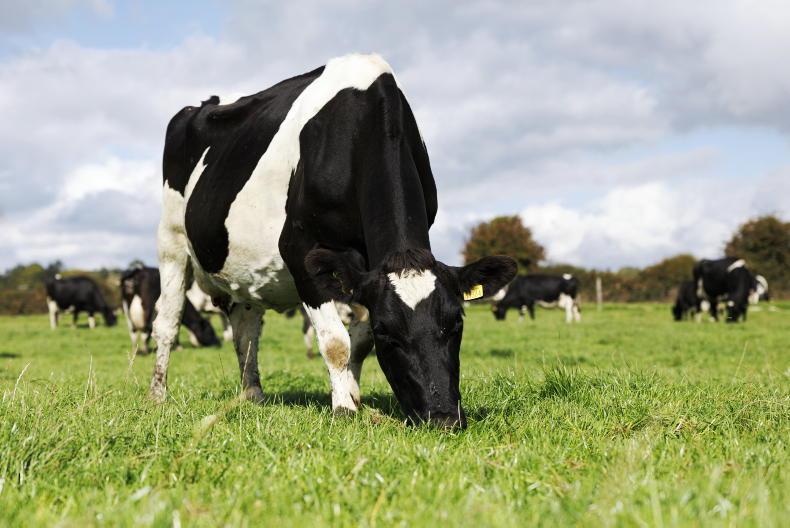Global food commodity prices fell for the 10th consecutive month in January, according to the Food and Agriculture Organization (FAO) of the United Nations.
The FAO Food Price Index is 18% below its peak of March 2022 and averaged almost 1% lower in January than a month earlier.
Notwithstanding the softening in prices, consumers globally continue to face soaring prices, with retailers and food manufacturers warning of further price hikes.
The index tracks monthly charges in the international prices of commonly traded food commodities. The January decline was driven by falling prices of vegetable oils, dairy and sugar, while those of cereals and meat remained largely stable.
Global cereal stocks tighten
In January, the FAO Cereal Price Index was unchanged from December but was 45% higher than a year earlier.
International wheat prices fell by 2.5% in December as production in both Australia and the Russian Federation outpaced expectations, according to the FAO. Maize prices, however, were up marginally while rice prices jumped by 6.2% as a result of tighter availability and strong demand.
While the FAO raised its forecast for world cereal production in 2022, global cereal supplies are forecast to tighten in 2022/23.
World stock-to-use ratio for the current marketing year is forecast to fall to 30%, with 2022/23 unlikely to bring any significant relief.
Tighter global stocks will result in greater price instability with any supply shocks.
Grocery prices soaring
Despite softening in commodity prices, shoppers are facing continued price hikes.
In the UK, grocery price inflation hit a new record, according to Kantar, standing at 16.7% in January.
This Is the highest level recorded since Kantar started tracking the figure in 2008.
While overall inflation in the eurozone is forecast to fall somewhat for January, Eurostat forecast food price inflation to grow by 1.4 percentage points to 14.1%.
Food prices are likely to continue to climb in 2023 according to the International Food Policy Research Institute, posing a continuing threat to food security of vulnerable households around the world.










SHARING OPTIONS